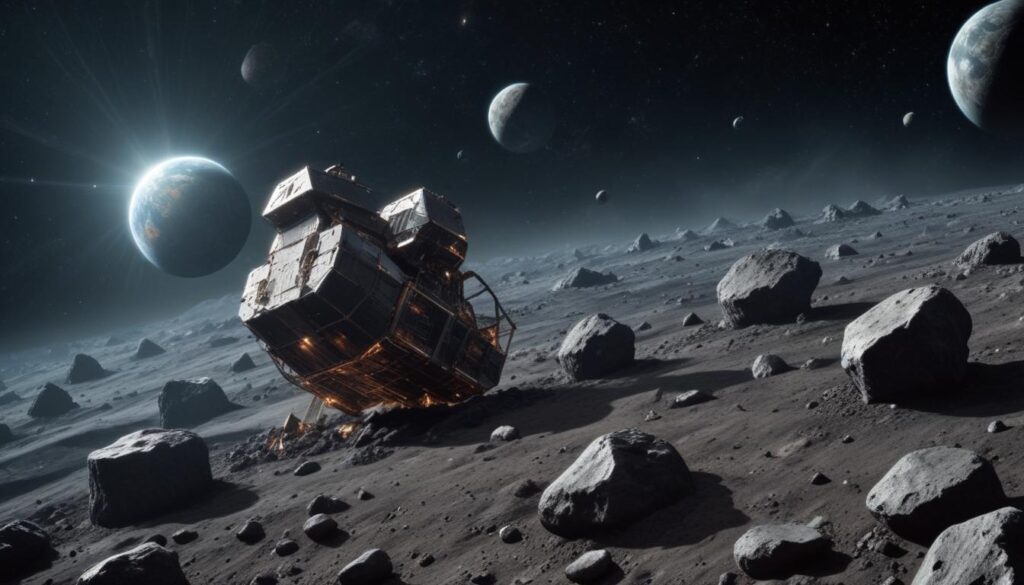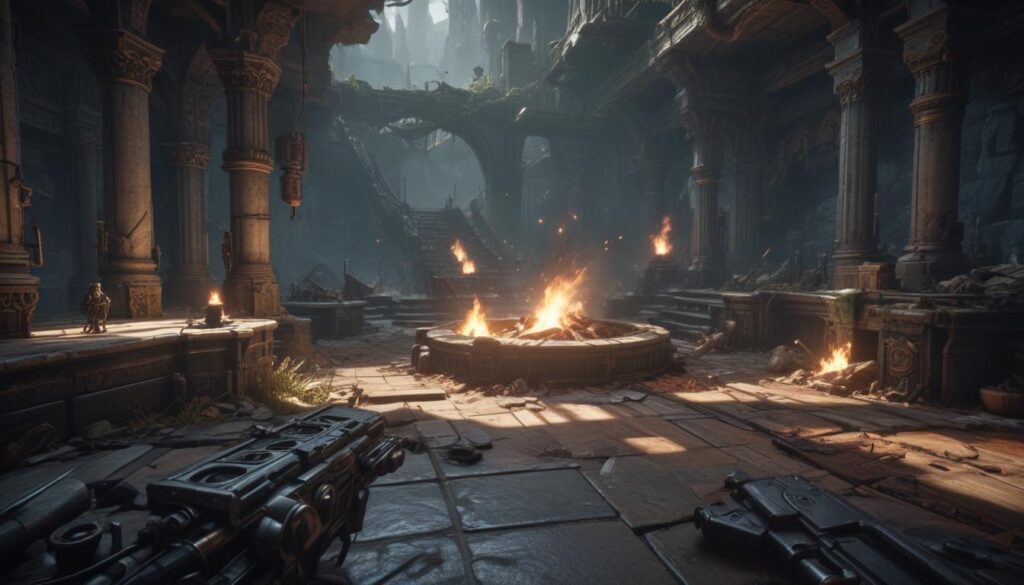Now Reading: Devs Guide to Building on Blockchain
- 01
Devs Guide to Building on Blockchain
Devs Guide to Building on Blockchain

A Software Developer’s Guide to Blockchain Technology
You hear the buzzwords every day. Web3, dApps, NFTs, DeFi. As a software developer, you’re used to new frameworks and libraries popping up, but the world of blockchain feels different. It’s surrounded by financial hype and complex jargon, leaving you wondering if it’s a revolutionary new frontier for computing or just a passing fad. You see the job postings, you hear the excitement, but a clear path from your current skills to this new world seems hazy at best.
This is not another article about crypto prices. This is your practical, no-nonsense guide to understanding blockchain from a developer’s perspective. We will cut through the noise, translate the core concepts into terms you already understand, and lay out a clear roadmap for you to get started in this rapidly growing field.
What is Blockchain Really for a Developer
Forget the “digital ledger” definition for a moment. For a developer, it’s more useful to think of a public blockchain as a global, decentralized state machine. It’s like a single, incredibly resilient computer that isn’t owned by anyone and is run by a network of thousands of peers.
Unlike a traditional client-server model where data is stored in a central database you control, a blockchain’s state is maintained and validated by the entire network. This architecture gives it three powerful properties you need to understand.
Immutability
Once data is written to the blockchain, it is practically impossible to alter or delete. For a developer, this means you can build applications where data integrity is guaranteed. Think of it as a write-only database with a cryptographically secure audit trail built in.
Decentralization
There is no single point of failure. Your application’s backend doesn’t run on a single AWS server that can go down or be censored. It runs on a network of independent nodes, making it incredibly robust and resistant to censorship.
Transparency
Most public blockchains are, well, public. Anyone can view the transactions and interact with the data. This doesn’t mean it lacks privacy (addresses are pseudonymous), but it creates a foundation for building applications where trust is built into the system itself, not provided by a middleman.
Core Blockchain Concepts You Need to Know
To build on this new type of computer, you need to understand its fundamental components.
Blocks and Chains
At its core, a blockchain is a data structure. Imagine a linked list where each node (a Block) contains a batch of data (transactions) and a cryptographic hash of the previous node. This hash is what links the blocks together, creating a secure and unbreakable Chain. Tampering with a past block would change its hash, which would invalidate all subsequent blocks—a change the network would instantly reject.
Consensus Mechanisms
If there’s no central server, how does the network agree on which blocks are valid? This is the job of a consensus mechanism. You’ve likely heard of Proof of Work (PoW), where “miners” compete to solve complex puzzles to validate transactions. A more energy-efficient and popular alternative is Proof of Stake (PoS), where validators lock up cryptocurrency (their “stake”) to get the right to validate transactions. As a developer, you don’t need to implement these, but you need to know they are the engine that keeps the decentralized machine running and secure.
Smart Contracts The Code That Runs on the Chain
This is where things get really interesting for developers. A smart contract is simply a program that lives on the blockchain at a specific address. It’s like a backend API that you can’t turn off. It’s written in languages like Solidity or Rust, and it automatically executes its functions when certain conditions are met (e.g., when it receives a transaction). This is what enables dApps (decentralized applications), from financial protocols to gaming systems.

Why You Should as a Developer Care About Blockchain
Understanding the tech is one thing, but how does it impact your career?
The Rise of Web3 and dApps
Web3 is the vision for the next evolution of the internet—one that is decentralized, user-owned, and powered by blockchain. Building a dApp is different from building a traditional web app. While the frontend can still be React or Vue.js, the backend is a collection of smart contracts that your frontend interacts with. This creates a new and exciting full-stack development paradigm.
New Career Paths and Opportunities
The demand for developers who can write secure and efficient smart contracts is exploding. Roles like Blockchain Engineer, Smart Contract Developer, and Web3 Full-Stack Developer are becoming increasingly common and are often highly compensated due to the specialized skill set required.
Your First Steps into Blockchain Development
Ready to dive in? Here is a simple, actionable path to get started.
Choose Your Ecosystem
Just like choosing between Node.js, .NET, or Java, you need to choose a blockchain ecosystem. Ethereum is the largest and most established, with the most tutorials and developer tools. It’s the best place to start. Other popular chains like Solana, Polygon, and Avalanche offer different trade-offs like speed and cost.
Learn a Smart Contract Language
For Ethereum and similar chains, Solidity is the primary language. If you know JavaScript or C++, its syntax will feel familiar. Focus on understanding its unique aspects, like managing state, handling currency, and security best practices.
Essential Tools for Your Toolkit
You don’t need to start from scratch. The community has built powerful tools.
Metamask A browser wallet that acts as your login and interaction tool for dApps. It’s essential for testing.
Hardhat A flexible and popular development environment for compiling, deploying, testing, and debugging your smart contracts.
Ethers.js or Web3.js JavaScript libraries that allow your frontend application to talk to the smart contracts on the blockchain.
A New Frontier for Coders
Blockchain is more than just a technology; it’s a new computing paradigm. It presents a fundamental shift in how we build applications that require trust, security, and permanence. For a software developer, this isn’t something to fear—it’s an opportunity. The tools are maturing, the community is growing, and the potential to build the next generation of the internet is right in front of you. Now is the perfect time to start learning and build your first dApp.


































